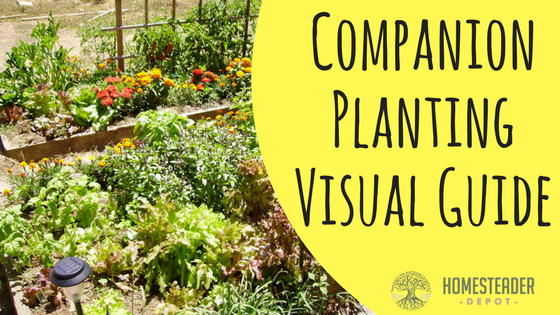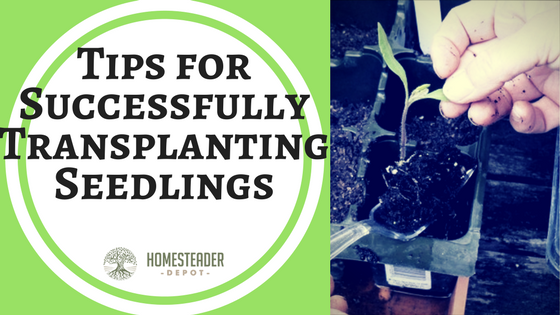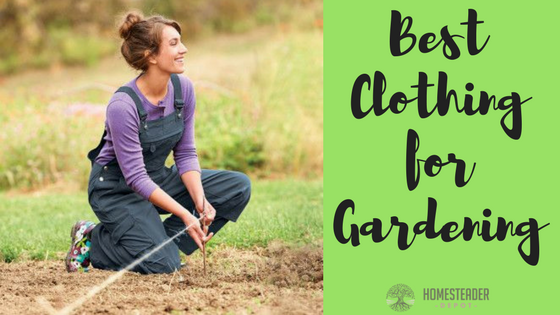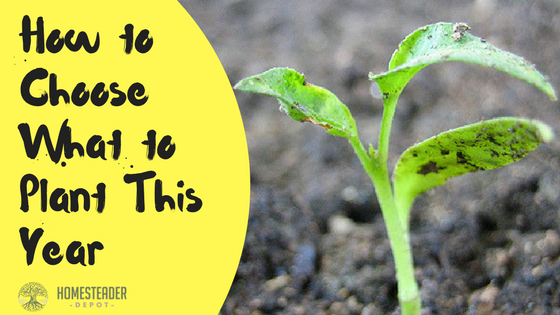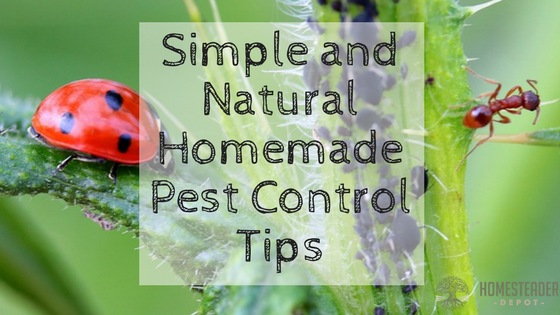Why You Should Keep a Homesteading Journal
As you embark on your homesteading journey, whether that is buying several acres of land and starting a full-fledged farm, or simply growing herbs on your windowsill and trying a few simple home ferments, it is incredibly beneficial to keep a journal. Heres a few tips on why and how to journal. Why? Journals are, … Read more


